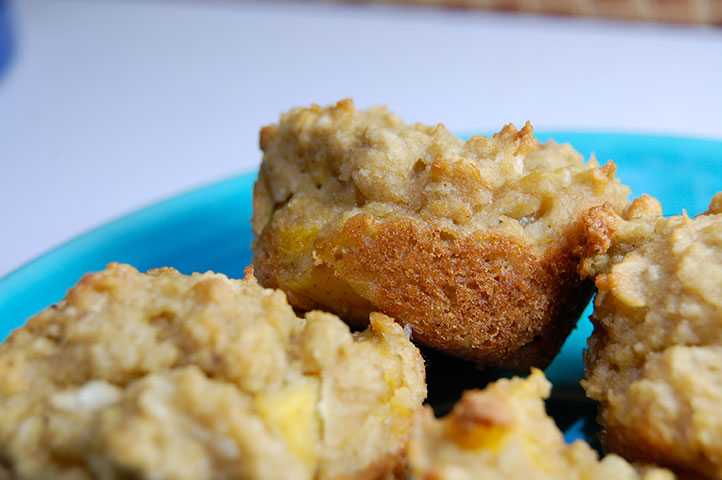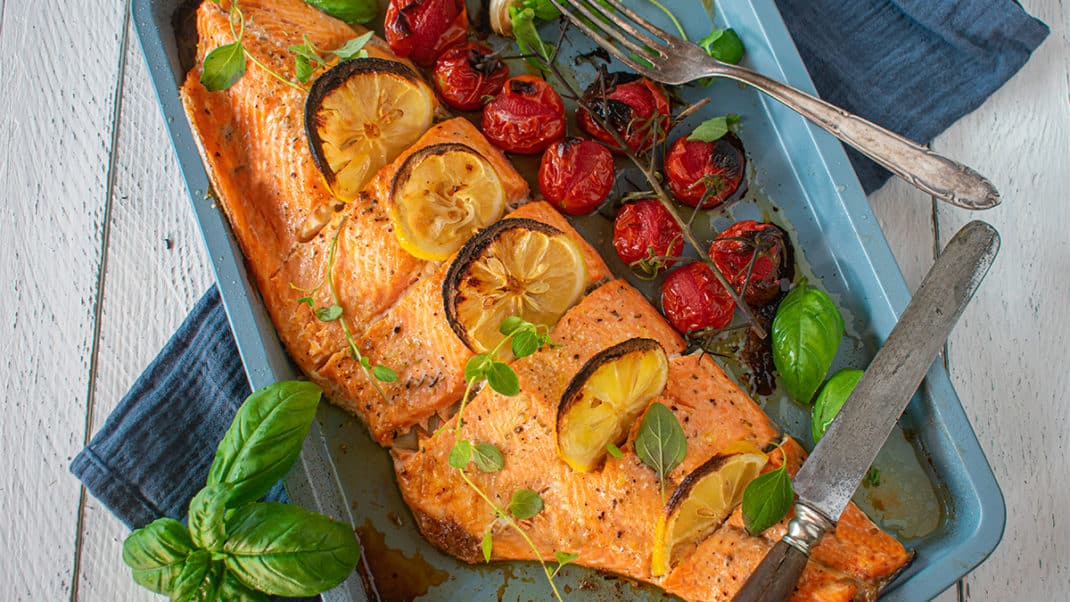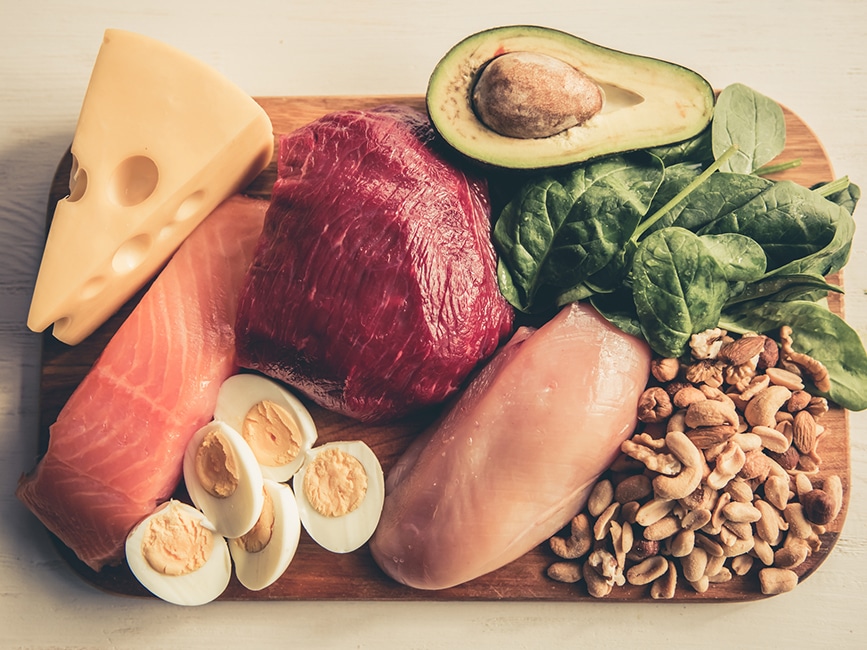The Gluten-Free Frenzy

Chances are that you, one of your friends or a client has adopted a gluten-free diet.
In fact, that is reality—according to a recent poll by The NPD Group, a leading global information company, that showed about 30% of adults want to cut down or be free of gluten in their diets. This is the highest percentage claiming this stance since NPD began asking the question in 2009. Harry Balzer, chief industry analyst and author of Eating Patterns in America, points out that as recently as 2011, it appeared that this “health” trend might have run its course, but then more Americans started to say they would like to cut back or avoid gluten.
Are Americans just bandwagoning on this trend, or are there legitimate
reasons to follow it?
Natalie Digate Muth, MD, MPH, RD, is a pediatrician at Pediatric Medical Associates in Vista, California, a registered dietitian, and a senior health strategist for the American Council on Exercise. She thinks that while there are valid reasons to cut gluten, a lot of people have unnecessarily joined the gluten-free bandwagon.
“Of course, food manufacturers pick up on this and start taking the gluten out of everything, increasing the price, and promoting [products] as gluten-free,” she says. “For most people, there is nothing ‘bad’ about gluten. It doesn’t make you gain weight. It doesn’t clog your arteries. It doesn’t increase your blood pressure or cholesterol. And, for most people, it doesn’t cause stomach pains, cramping, bloating, diarrhea or constipation.”
According to Muth, only about 1% of the population has celiac disease. Anyone in this category should avoid gluten altogether. There are other people who do have gluten sensitivity and respond negatively to gluten even though they don’t have celiac disease, according to new research. But before adopting a gluten-free diet, those who think they may have a gluten reaction should discuss this with their physician.
“Many foods that are naturally gluten-free are foods that people should definitely eat more of—namely, fruits and vegetables—[so doing this might help people eat] fewer processed foods,” Muth says. “But when food marketers go to lengths to remove gluten, you still end up with processed foods; they just no longer have gluten. And, for the vast majority of us, whole grains (and whole wheat) are good for us. We should be eating them.”
That said, if people who have adopted gluten-free diets are eating a generally healthy and balanced diet, the overall risk of developing any significant nutritional deficiency is low, Muth says. But all of the time, energy and expense of going gluten-free is unlikely to be worth it for most people.
Does cutting gluten wholesale from the diet remind anyone of the fat-free craze of the late 1980s and early 1990s? More important, do you remember where that got us? Share your views on this issue with us at content@ideafit.com.
PHOTOGRAPHY: evhoffman
Sandy Todd Webster
For 22 years, Sandy Todd Webster was the chief architect of IDEA's content program - including the award-winning IDEA FITNESS JOURNAL and IDEA FOOD & NUTRITION TIPS - the industry's leading resources for fitness, wellness and nutrition professionals worldwide. She created, launched and nurtured these brands and many others during her productive and purposeful IDEA tenure. Sandy is a Rouxbe-certified professional plant-based cook and a Precision Nutrition Level 1 Coach who is pursuing a Master's degree in Sustainable Food Systems through The Culinary Institute of America (expected August 2024). She plans to combine these passions with her content expertise to continue inspiring others to make the world a more just, healthy and regenerative place.






